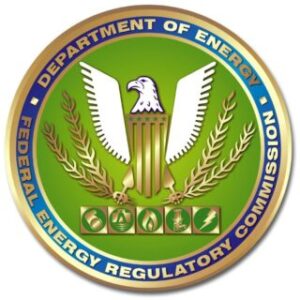
As a follow-up to the series of Federal Energy Regulatory Commission (FERC or Commission) technical conferences on the coordination of natural gas and electricity markets, the Interstate Natural Gas Association of America (INGAA) submits the following post-technical conference comments.
INGAA appreciates the Commission’s leadership in bringing together stakeholders to discuss the opportunities and challenges associated with the increased use of natural gas for electric power generation. The Commission’s five roundtable technical conferences provided an opportunity to share ideas and to discuss issues concerning gas-electric scheduling and market structures, communications, coordination and information sharing, and reliability. As is well-recognized, the use of natural gas for electricity generation is increasing for a variety of reasons including the low cost of natural gas, abundant domestic supplies, and the impending retirement of some of the nation’s coal-fired generation facilities.
The conferences confirmed that parties’ concerns vary by region due to a variety of factors, including: the generation mix within a region and the percentage of generation fueled by natural gas; the amount of coal-fired generation anticipated to retire; the amount of available unsubscribed pipeline capacity; and the electric market structure within that region.
Some regions, such as New England, face immediate electric reliability challenges due to pipeline capacity constraints and an electric market that currently does not incent or compensate generators for holding firm fuel supply, including natural gas, fuel oil, or dual fuel capability. Other regions, such as the area served by the Midwest Independent System Operator (MISO), may not face the immediate electric reliability concerns of the northeast, but very well could in the not-too-distant future depending on the timing and scale of coal-fired generation retirement, among other factors. Yet other regions, such as the southeast, do not seem to have electric reliability concerns in connection with greater utilization of gas-fired generation given the integrated nature of utilities in that region and their ability to recover the costs of firm transportation from ratepayers. These conferences confirmed that such differences significantly affect a region’s concern, or lack thereof, about gas-electric integration issues. Moreover, the conferences reaffirmed that a “one-size-fits-all” solution to gas-electric reliability should not apply nationwide.
Nonetheless, INGAA heard several common messages across regions:
(1) Gas-fired generation will increase;
(2) The issue is how to ensure electric reliability; this is not about the reliability of natural gas as a fuel source;
(3) Electric market rules in restructured markets do not price power in a way that reflects the cost of ensuring electric reliability by enabling generators, regardless of fuel choice, to recover costs associated with firming up their fuel supply;
(4) By contrast, generators within integrated electric utilities are able to price electric reliability into their power costs and thus secure a portfolio of transportation services including firm natural gas transportation and storage services, when necessary, to ensure electric reliability. The generators within integrated utilities also are able to support any necessary gas pipeline infrastructure development because those utilities can recover the cost of such prudent expenses from ratepayers; and
(5) The FERC model for building interstate pipelines works well.
INGAA continues to believe that strong FERC leadership and guidance, in conjunction with the state commissions, Planning Authorities and the North American Electric Reliability Corporation (NERC), where appropriate, is necessary to ensure that each region addresses how it will ensure electric reliability. In addition, continued FERC leadership can ensure that all stakeholders, including natural gas pipelines, have a seat at the table to evaluate and monitor any proposed solutions to identified issues.







